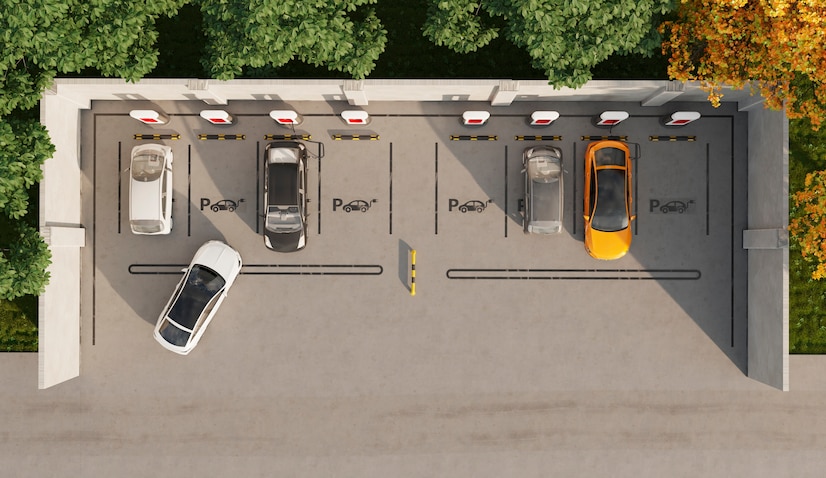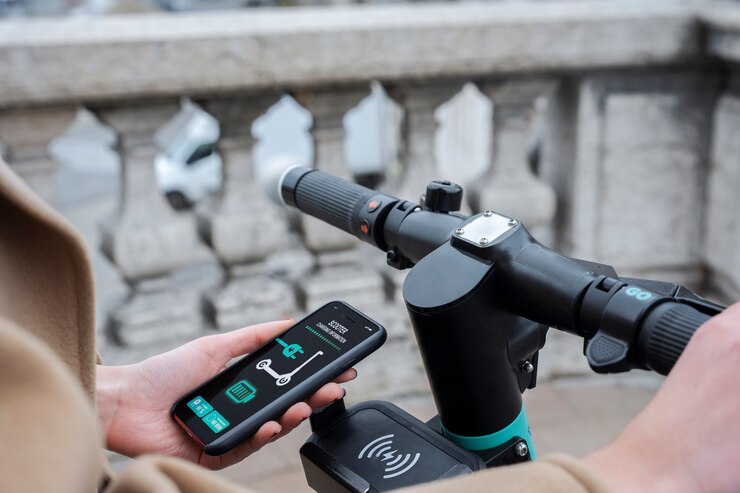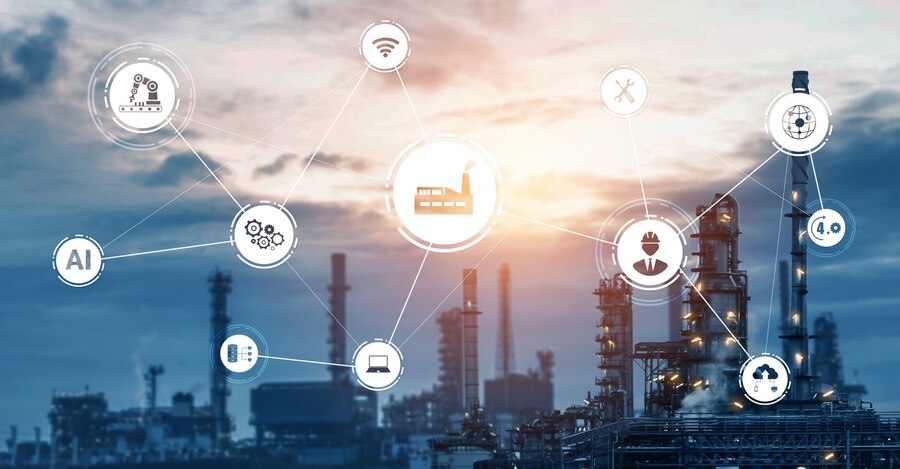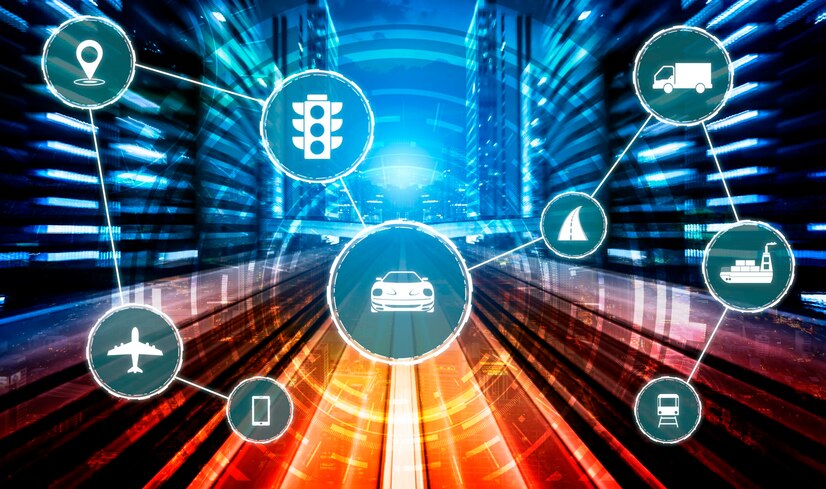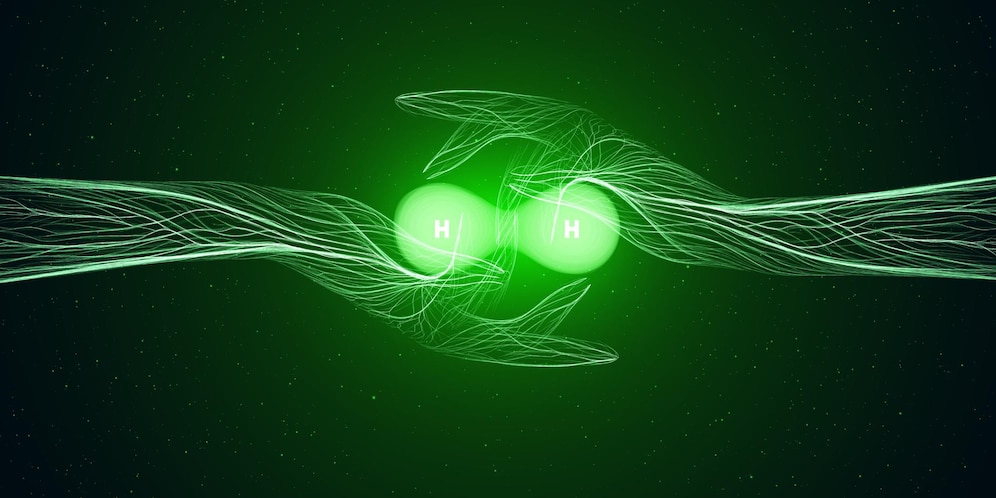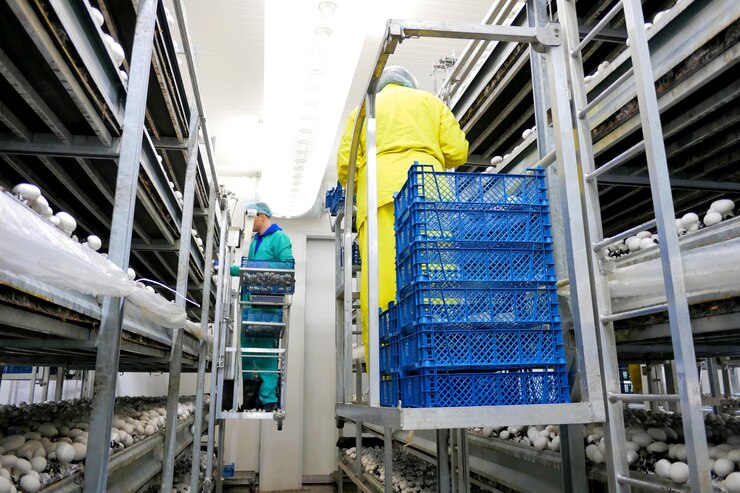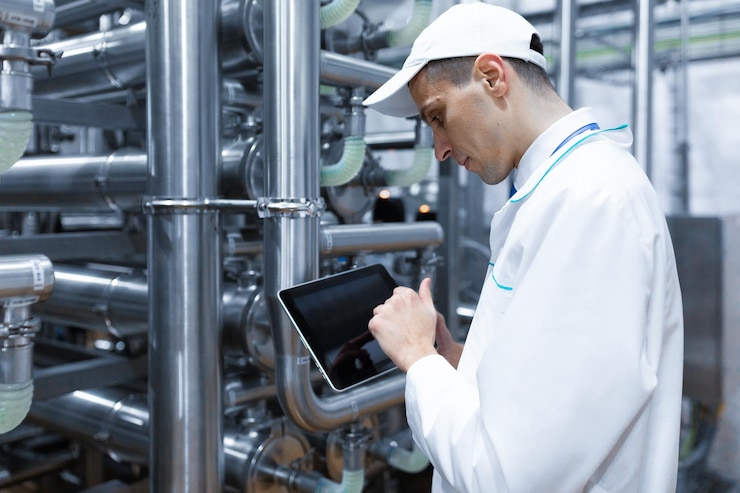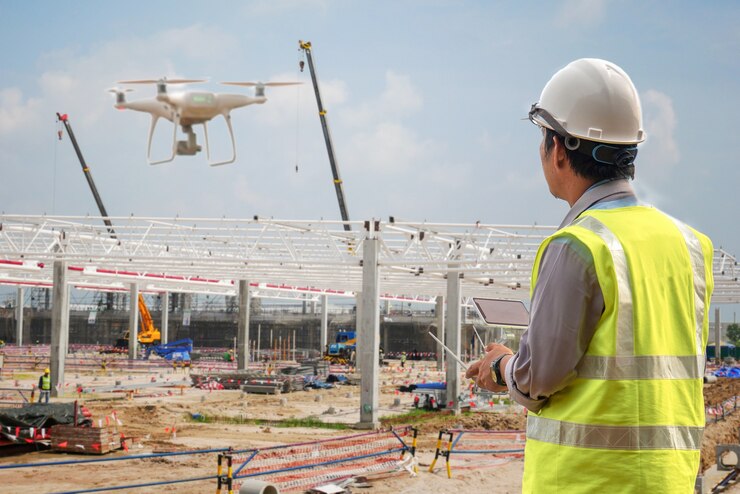Future of IoT Based Smart Parking
Finding a parking spot has become an everyday problem for people all over the world. It is estimated that 35% of the overall commute time is dedicated to finding a parking spot. Be it at a mall, a parking garage, or work, we have all spent an ungodly amount of hours (17 per year, if …
